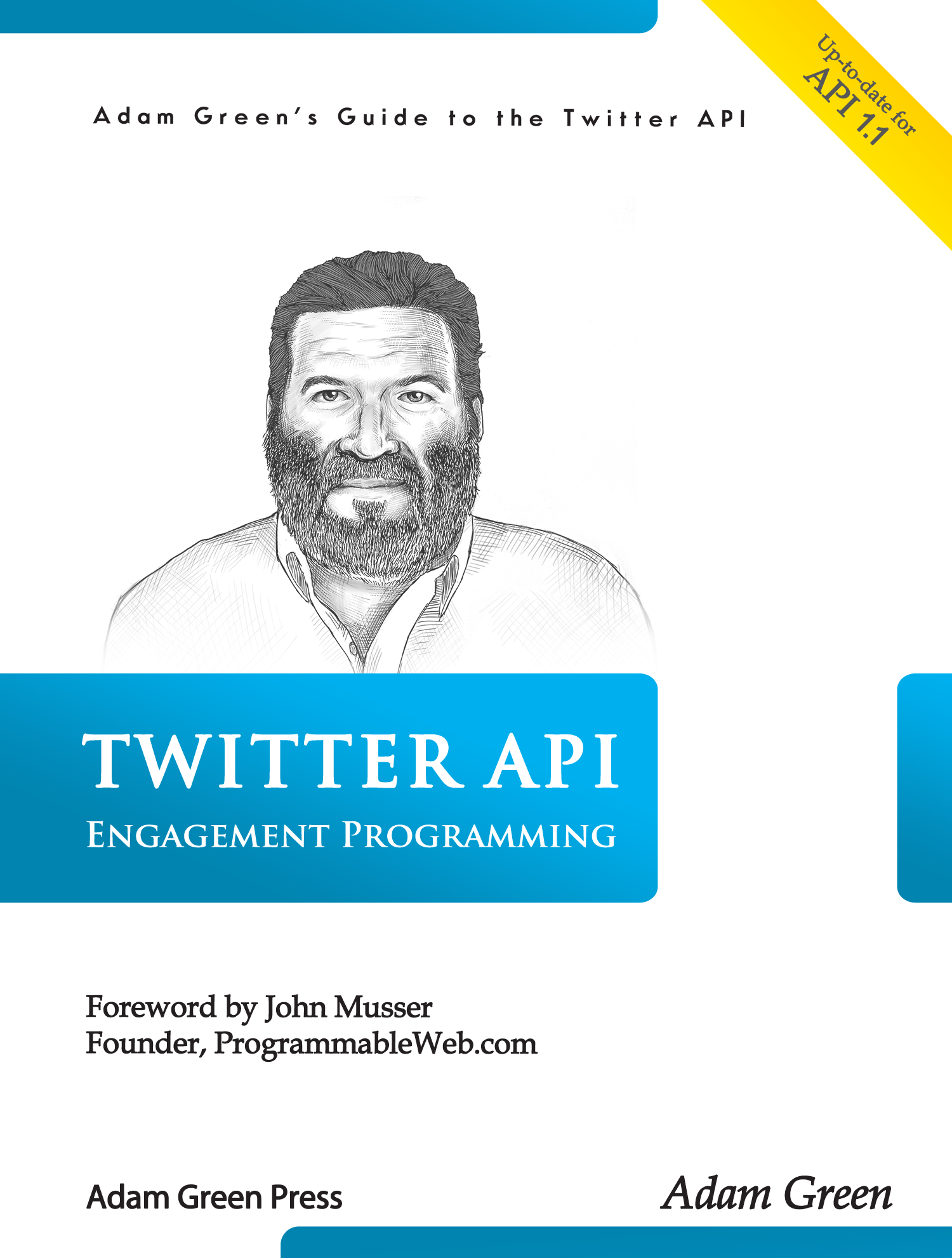I’m a devoted Darwinian when it comes to biological and cultural evolution, so it is appropriate for me to view natural selection as the best product development strategy for Twitter as well. Twitter’s strength has been that it did less not more. Sure, it started with a simplistic friends and followers social graph, but that actually acted as more of a randomizer than an organizing factor. The fact that you couldn’t see both sides of many conversations was part of Twitter’s early magic.
Randomness is the hardest part of Darwinism to accept. The early opponents of natural selection insisted that an eye or a wing could never have emerged from a series of random steps. There must have been a universal product manager who designed them. Well, they said God at the time, but today we would call this a product manager.
Today Twitter features like the #hashtag are a fundamental part of its experience, yet this wasn’t designed and imposed by Twitter HQ. It emerged from user behaviors and was promoted by advocates, like Stowe Boyd and Chris Messina. New behaviors have emerged from the hashtag, like #followfriday. It is this emergence that makes Twitter a perfect environment for natural selection. Each small, random change must either be passed on by millions of users, or else it dissappears in favor of a better solution.
But Twitter can’t just leave its future to chance, can it? Won’t it miss out on all the hottest trends hyped by Techcrunch and the Valley gurus? The reality is that not only shouldn’t Twitter impose new constructs on its users, it can’t. Location is a great example. When Foursquare became the latest shiny new thing, Twitter went along and added location to tweets. How has that worked out? Less than 1% of all tweets include location data. I’m willing to bet that if Twitter users actually found location data useful, a convention for adding it to a tweet would emerge.
What Twitter can do to ensure its success is not try to add yet another must have feature. It should focus on scaling to handle the growth, and providing a freely available API for experimentation, and then step back and let natural selection do the rest.








